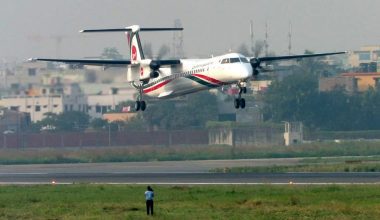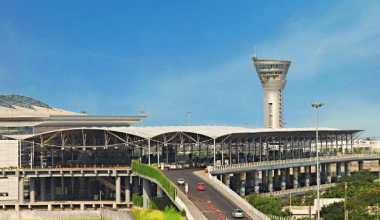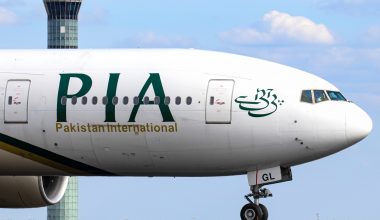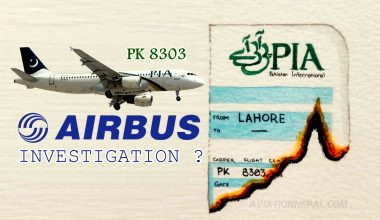In recent press articles, the respective Pakistani and Nepali ambassadors expressed the same opinion: “Resuming direct flights between Kathmandu and Islamabad my foremost priority” said Syed Haider Shah, while Tapas Adhikari stressed that “starting direct flights (..) would help promoting two-way trade between the two countries.” This seems like a no-brainer.
OPERATIONS
The distance between the capitals is 1350 km over mostly low terrain in the shadow of the Himalayan range. This is easily covered by a range of efficient aircraft from a CRJ200, CRJ700, A319 or A320. All these aircrafts are available in both ends of the route. At less than 2-hour flight, it would be economical to operate both from a fuel or crew point of view with a complete round-trip during daytime possible all year-long. Today, the shortest connection is through the middle east and takes over 11 hours!
Finding the right fight operator will be delicate. About 550 km of the route is over Indian airspace which is the reason the connection was suspended during the last conflict between Pakistan and India. Furthermore, both Pakistan International Airlines (PIA) and Nepal Airlines (NA) are in financial difficulty and are currently banned from European Airspace. This will make it difficult for the respective national airlines to reopen this route profitably.
On the Nepali side there are two obvious candidates. Himalaya Airlines should be the first choice. They can use their A319 as a low economical risk, they have strong international experience, and they are partly Chinese owned which gives them some political neutrality over the route. The second candidate is Shree Airlines. They have both CRJ200 and CRJ700 and have been eager to develop international routes. They acquired good experience during COVID evacuation flights with several rescue mission throughout the middle east and Africa.

On the Pakistani side, private airlines are still new but there are two possibilities. Air Blue was established in 2003 and has a fleet of A320s it operates to international destinations mostly in the middle east. The newest airline in Pakistan started operations in 2017. SereneAir has a fleet of Boeing 737-800 but only had its first international flight to UAE in March of this year.
The most obvious solution would be to grant reciprocal flight rights to Himalayan Airlines from Nepal and Air Blue from Pakistan. They are both privately operated and have the economical equipment and the experience needed to handle the route.
ECONOMICS
The rationale behind the flight connection between the two SAARC members goes beyond the “trade between the two countries”. The key for both Nepal and Pakistan is tourism.
The first aspect is the domestic tourism. Islamabad and Kathmandu have enough historical commonality but also vast differences that it would make an ideal destination for the 2.2 million Pakistani and 6.5 million Nepali on each end of the route. Each capital has religious, historical, gastronomic, and entertainment options that the other does not have. The two destinations would become the “quickest” international gateway for the locals who often only have Dubai as an option.
For International tourists, especially those that do not participate in mountain hiking, it offers an interesting “combination” trip rich in culture and variety. By purchasing an “open jaw” international tickets into Nepal and out of Pakistan or vice-versa (e.g. on Qatar or Turkish Airlines), tour operators could offer a few days in each country as an interesting and rich new vacation package with an easy connection between the two. Religious tourism, particularly those interested in the Buddhist sites, would also be greatly interested in being able to combine the sacred sites located in both countries.
CONCLUSION
The air bridge between the two countries makes complete sense operationally and economically. The route existed in the past and was used during the COVID rescue flights so the respective Civil Aviation Authorities of Pakistan, India, and Nepal would require minimal effort. The pollical will seems to exist by the looks of the Ambassadors’ enthusiasm. The investment risk by the operator would be minimal (e.g. start with two roundtrips per week on Friday and Sunday afternoon) while the tourism potential is undeniable. So, what are we waiting for?






